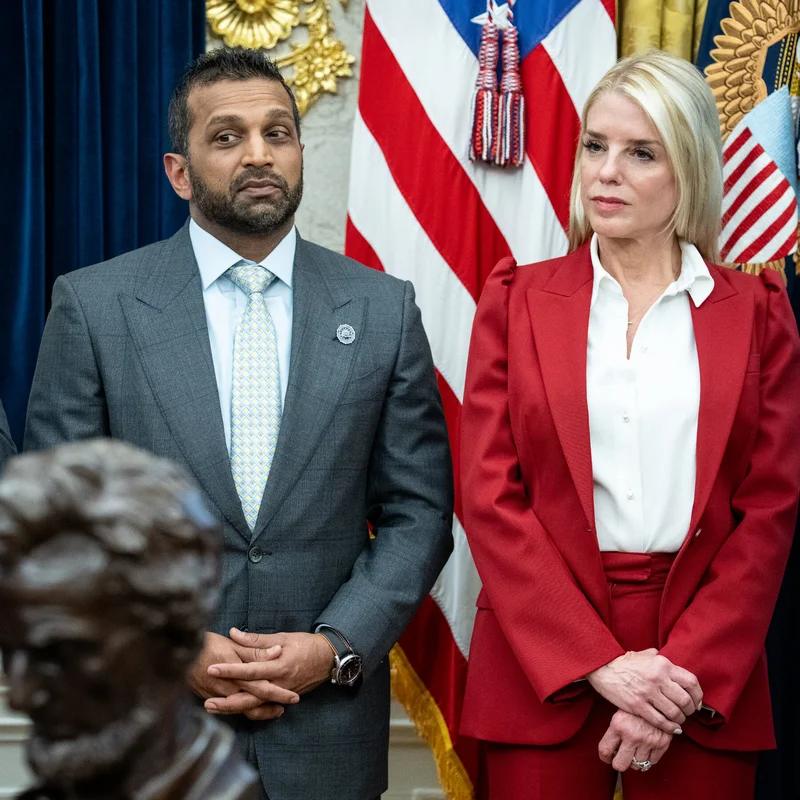Table of Contents
- Crisis at Hand: 3,000 Controllers Missing
- Shutdown Derails FAA Academy
- Colleges Step Up with New FAA-Approved Programs
- Can These Schools Really Fill the Gap?
- What Lies Ahead for U.S. Air Travel?
- Sources
Crisis at Hand: 3,000 Controllers Missing
The United States is facing a critical shortage of air traffic controllers—approximately 3,000 positions remain unfilled nationwide. This gap threatens to strain an already overburdened aviation system, raising concerns about flight delays, safety, and operational efficiency.
For decades, the Federal Aviation Administration (FAA) trained every new controller through its centralized academy in Oklahoma City. But recent years have exposed systemic issues: high washout rates, slow onboarding, and difficulty retaining talent in a demanding profession.
Shutdown Derails FAA Academy
Now, a protracted federal government shutdown has brought training at the FAA’s official academy to a near standstill. With funding frozen, students enrolled in the Oklahoma City pipeline are left in limbo—unable to continue coursework or advance toward certification.
This unexpected pause couldn’t come at a worse time. As holiday travel ramps up and airline demand remains strong, the need for qualified controllers has never been more urgent.
Colleges Step Up with New FAA-Approved Programs
In response, nine colleges and universities—including Vaughn College near LaGuardia Airport—have launched FAA-approved air traffic control training programs this year. These institutions now deliver the full FAA curriculum outside the traditional academy model.
At Vaughn, eight students recently began coursework in a dimly lit simulation lab just across the street from one of the nation’s busiest airports. The proximity to real-world operations offers hands-on learning unmatched by remote training facilities.
“We’re not trying to replace the FAA,” said one program coordinator who asked not to be named. “We’re trying to supplement it—with better support, smaller classes, and higher pass rates.”
Air Traffic Control Training: Old vs. New Models
| Feature | FAA Academy (Oklahoma City) | New College Programs |
|---|---|---|
| Location | Centralized (OKC) | Regional campuses near major airports |
| Class Size | Large cohorts | Small, focused groups |
| Success Rate | Historically low (~30–40%) | Projected higher (unverified) |
| Funding Vulnerability | High (tied to federal budget) | Mixed (some rely on tuition & grants) |
Can These Schools Really Fill the Gap?
Despite their promise, experts caution that these new programs won’t produce enough graduates to fully offset the national shortfall. Even combined, they lack the scale of the FAA academy—which once churned out hundreds of trainees annually.
However, their potential lies not in volume, but in quality. By offering mentorship, mental health resources, and localized instruction, these schools aim to boost completion rates and reduce attrition—a key pain point in controller training.
[INTERNAL_LINK:aviation-careers] For aspiring controllers, this shift could mean more accessible pathways into a high-stakes, well-compensated career.
What Lies Ahead for U.S. Air Travel?
If the shutdown persists, reliance on these alternative programs may grow. But without sustained federal investment, long-term solutions remain uncertain.
Meanwhile, travelers should brace for possible disruptions. While current staffing levels are deemed safe, any further erosion could impact scheduling, especially during peak travel periods like Thanksgiving and Christmas 2025.
Sources
The New York Times: “As Shutdown Slows Air Traffic Training, These Schools Are Stepping In”




